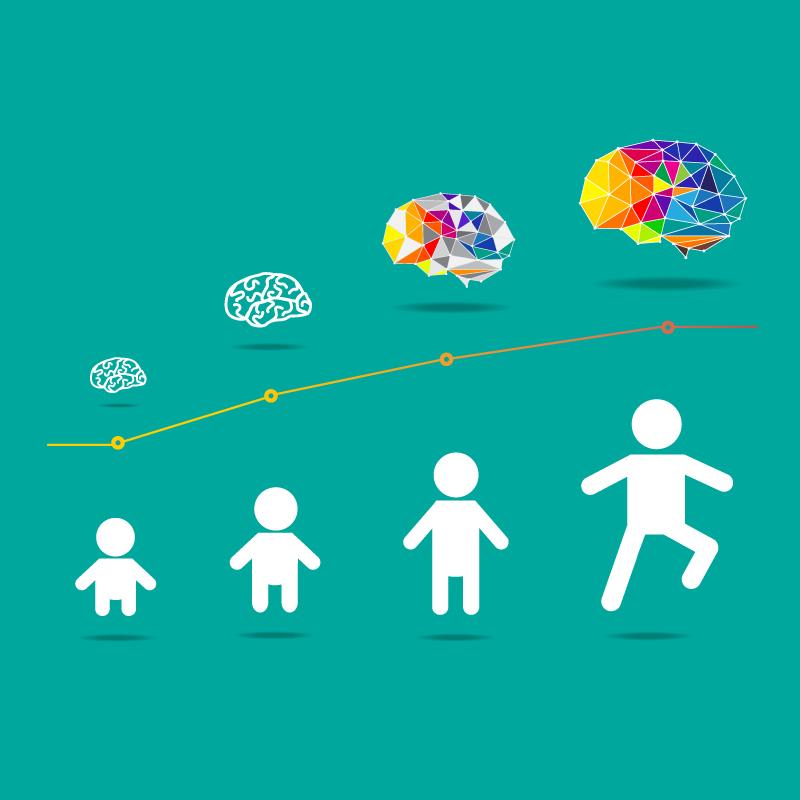Posts Tagged ‘edutainment’
Edutainment meets brain development…for good and for bad
___ “In 1954, Walt Disney was the first to envision a new form of entertainment that melded traditional fun and education—a form that he dubbed “edutainment.” By the latter part of the 20th century, this form had morphed into educational toys and games, a multi-billion-dollar industry that is projected to capture a full 36 percent…
Read MoreThe Brain Fitness/ Training Market: An Executive Summary
Over the next weeks we are going to be sharing the Executive Summary of our market report The State of the Brain Fitness Software Market 2008 with members and clients of several partner organizations (the British Columbia Seniors Living Association, where I will be speaking this Thursday, Neurotech Reports, where I will speak on October…
Read More
